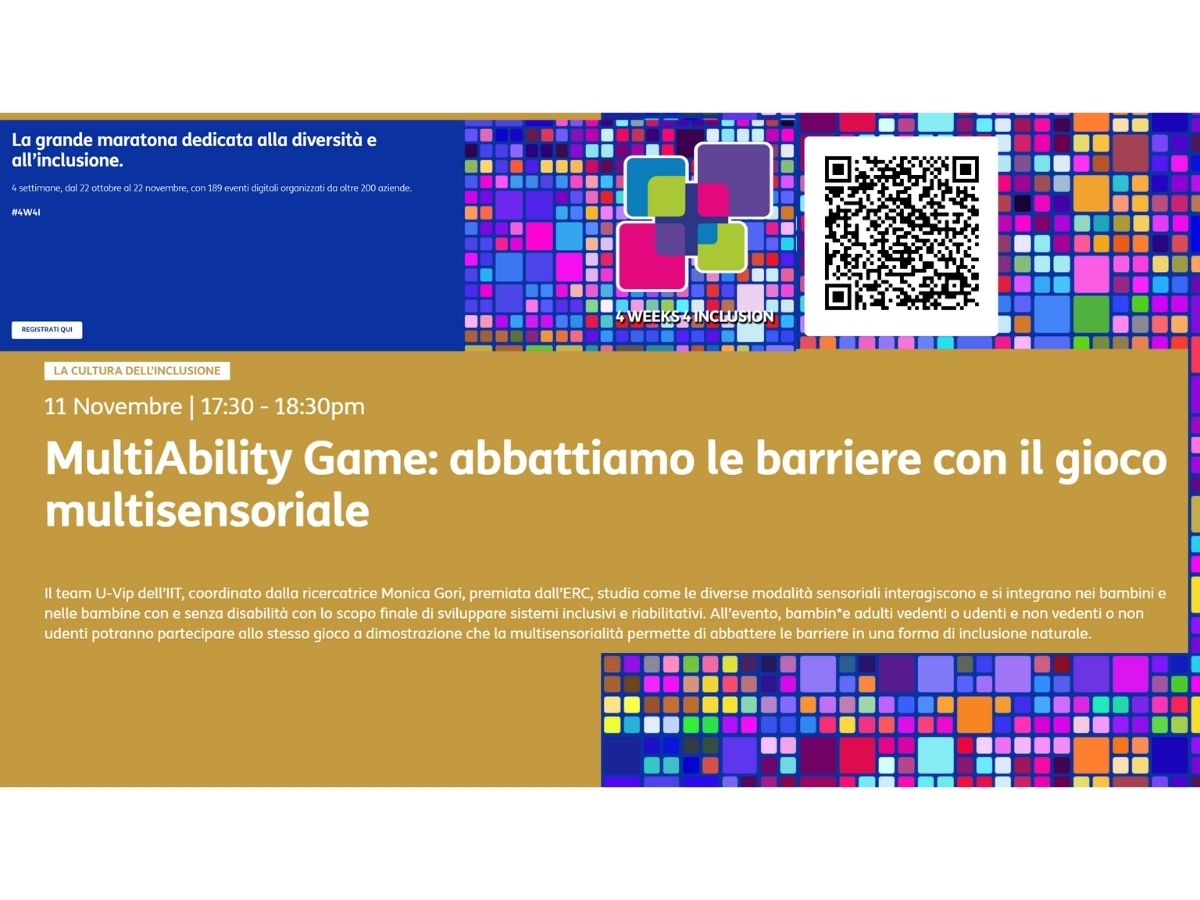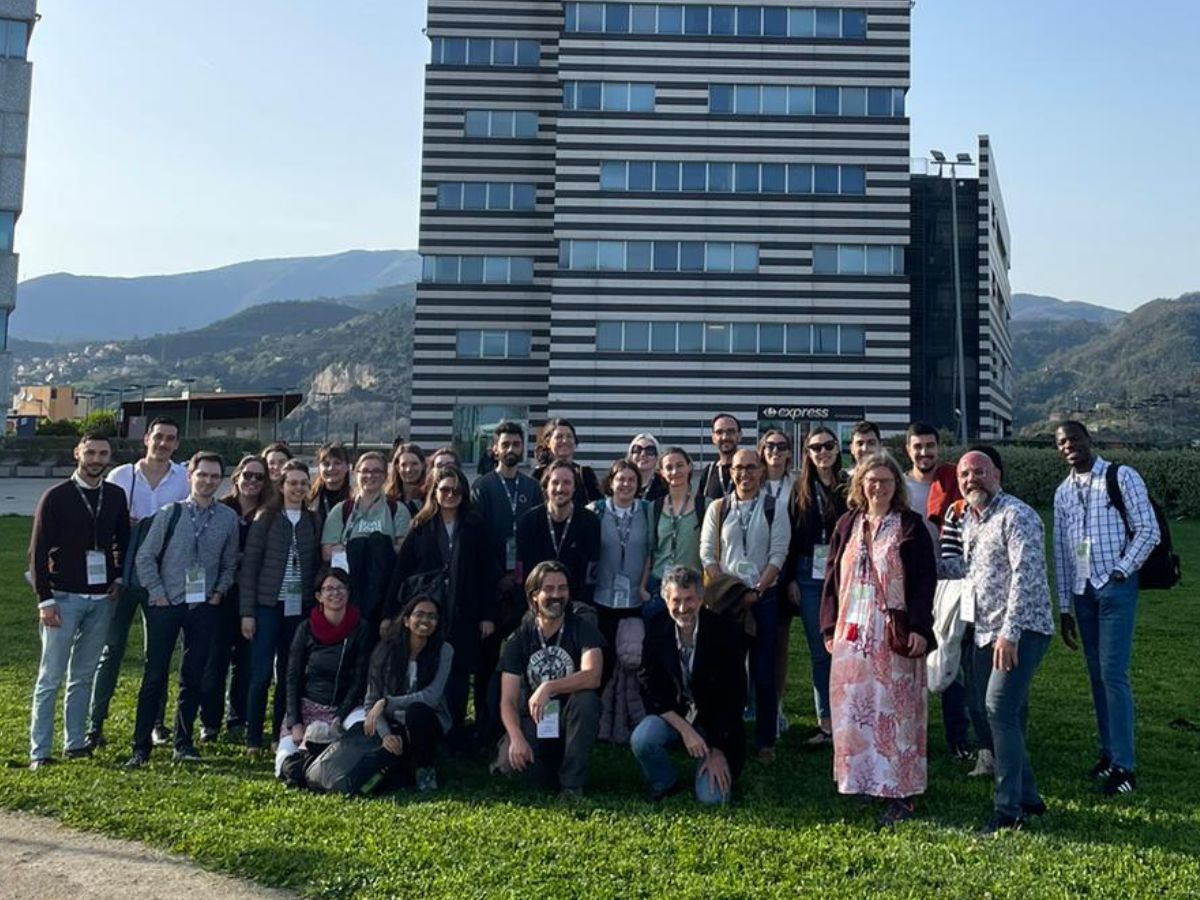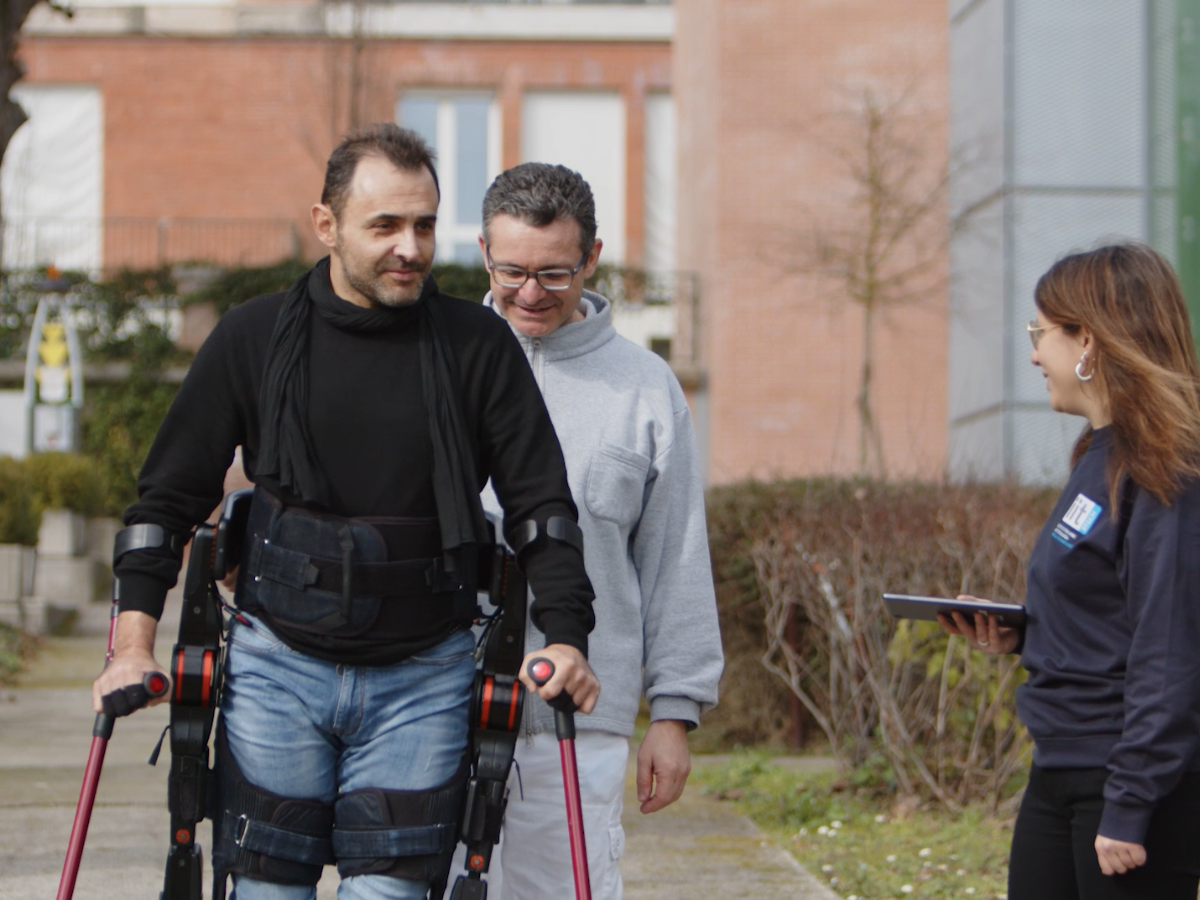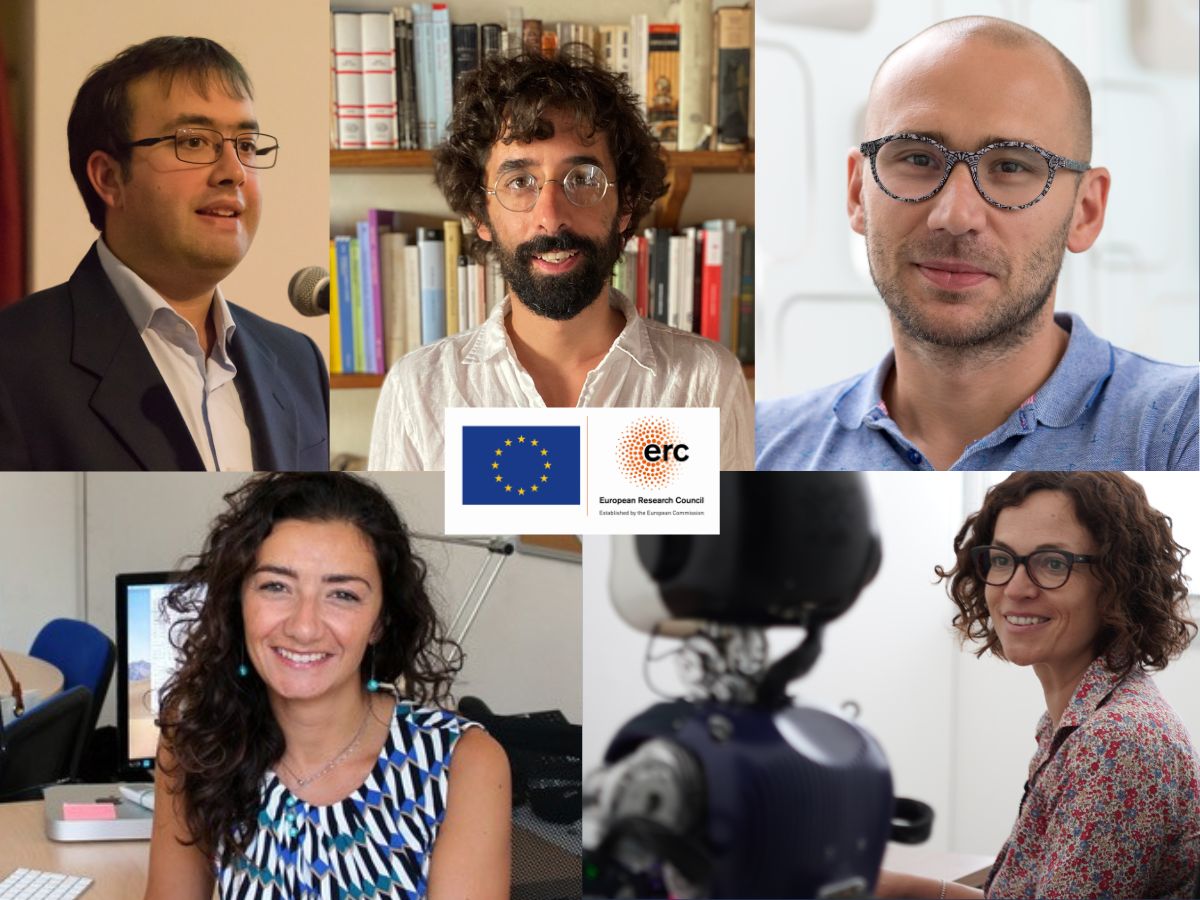Interview with Monica Gori: a tangible operation to help other people, male and female.
An online event organised by IIT will take place on 11 November at 5.30 p.m., in English, Italian and LIS (Italian Sign Language), focusing on multisensorial communications as a tool for inclusion.“The Diversity, Inclusion & Social Impact area at IIT was formed in June 2021. Taking part in the 4weeks4inclusion event is a way of stimulating the IIT staff’s interest and awareness with regard to these themes, while also enriching our knowledge by means of the varied programme offered by all the organisations involved. Taking part in the event by demonstrating the concrete results of research performed by IIT in the field of disability enables us to disclose the progress that the scientific community is achieving and to prefigure a future of inclusion”, said Lina Donnarumma, Diversity and Inclusion Manager.For over 10 years the IIT research team U-Vip – Unit for Visually Impaired People – coordinated by Monica Gori, which has received an award from the European Research Council for the MYSpace project, has been studying how different sensorial modes interact and work in combination in boys and girls, with and without disabilities, with the ultimate objective of developing innovative inclusive and rehabilitative systems. In fact, when we relate to the environment, visual, auditory and tactile information work together to enhance our perception and action.Monica Gori, which activities will be possible during the event?In the first phase of the event, I will address an audience of technology enthusiasts, parents, and other men and women with an interest in this area, and I will present the research activities performed by my team in order to find out more about sensoriality, multisensoriality, and how the study of these aspects can be applied to three contexts: education, rehabilitation, and play. In the second phase, we will target the youngest boys and girls, aged between 5 and 15, with and without visual and hearing disabilities, presenting two multisensorial games in which vision and hearing are equally important for completing the activity. This will show how, in practice, multisensoriality can break down barriers and enable boys and girls with and without visual or auditory impairment to play together at the same time.Being inclusive while having fun and teaching new skills is possible!That’s right, the games developed for this occasion by researchers Nicola Domenici and Walter Setti prove exactly that. The first game is set in a jungle and the aim is to recognise whether certain animals are present or not. The second will present a selection of objects that are connected in some way, and the boys and girls will be asked to identify which object does not belong to the category. When did you begin working on this crossover research activity, involving the study of human behavioural research, psychology and state-of-the-art technology? Do you consider yourself a trailblazer? I began my work in this area in 2002 and I started by approaching it as suggested by my background. I have a degree in psychology and a doctorate in engineering, so the impetus that guided my activity was interdisciplinary. I immediately realised that I wanted to deal with these issues in greater depth, with tangible operations that could help other people, and I achieved this through the development of new technological devices that I consider as being a responsible form of technology because they are based on scientific results, and because they lead to measurable outcomes, thus allowing a quantification of the benefits that they can bring. In light of all this, I consider myself as a pioneer because in fact, together with my team, we are working on the first devices in the world for boys and girls with visual impairments. In the MySpace ERC Project we are trying to apply this to the first few months of life, and this is a frontier project. Are you working on other areas in addition to the rehabilitation of boys and girls with visual impairments?Because of the flexibility of the technology that we are developing, we have been able to extend our approach to learning and play, and also to other disabilities such as hearing, motor, dyslexia and more recently, schizophrenia. In your latest study published in Current Biology, you show that visually impaired boys and girls prefer the sense of touch to that of hearing to learn about the world around them in their first months of life. For which concrete activities does the research performed by your team, in cooperation with the University of Birmingham, the Centre for Infantile Neuro-ophthalmology at IRCCS (Istituto di Ricovero e Cura a Carattere Scientifico – Scientific Institute for Research, Hospitalisation and Healthcare) Mondino Foundation in Pavia and the Elfi del Boschetto (Elves in the Wood) nursery school in Genoa, lay the foundations?This specific project is designed for the study of multisensoriality in the first months of life, in children with and without visual impairment. The practical objective is to develop systems suitable for early application, using new rehabilitation tools from very young ages, from 3 to 35 months, a particularly delicate period in boys’ and girls’ development. More specifically, in the study we measured the behaviour of infants in that age group with and without visual impairment, comparing the different responses to auditory, tactile and multisensorial stimuli. According to the results obtained, we want to develop a device that can enhance hearing and connect it with the dominance of tactile sensoriality that the study identified as the preferred sense for exploring the outside world. This device will be the first ever made for such young users!





